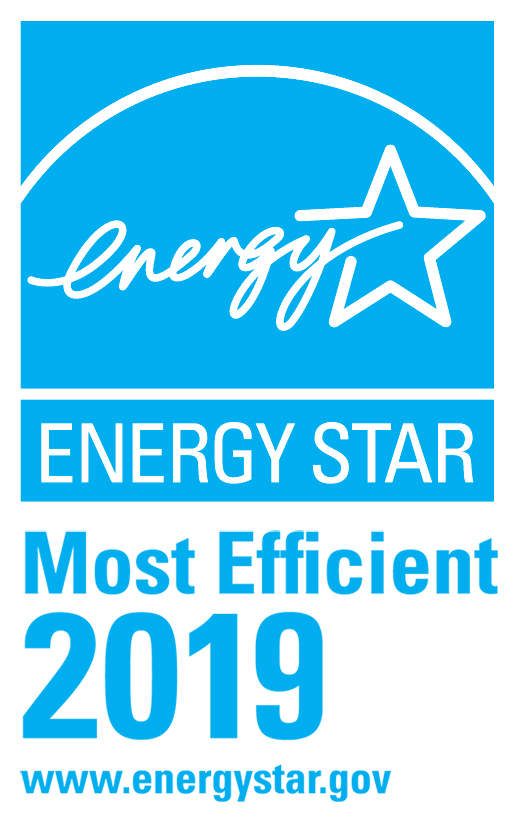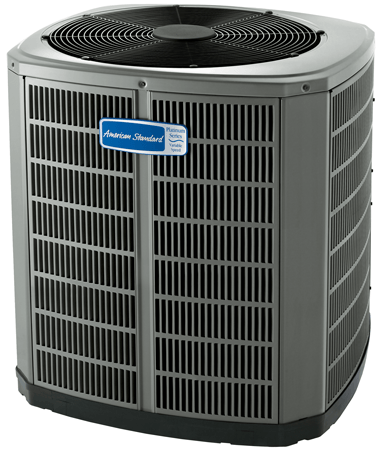Choosing a new furnace can be a tough decision, so we hope this furnace buying guide will provide you with all the information you need to make the right choice.
Like all machines, furnaces get worn out with time and after years of use they reach a point where they no longer work like they used to. Typically, furnace problems start to arise after the 10 year mark. Finding a replacement for your old furnace can be tricky as there are many things to consider. Luckily, our furnace buying guide will provide you all you need to know in order to buy the furnace that’s right for your home.
A new high efficiency furnace will rid you of all your old heating problems and provide you with an elevated level of comfort at home. For the environmentally conscious, high efficiency furnaces pollute less than old units. They are also more energy efficient, will save you money on your utility bill, and have numerous other benefits.
Furnace Buying Guide: What to consider when choosing a new furnace
 Efficiency level
Efficiency level
Most furnaces that are used and installed today are gas furnaces. The efficiency level of a gas furnace is determined by how efficiently it converts gas into heat. A furnace’s annual fuel-utilization-efficiency (AFUE) rating determines its efficiency as a percentage. The higher the AFUE rating, the more efficient a furnace is.
The price of a furnace largely depends on its AFUE rating. Higher AFUE rated furnaces will be more expensive, but will also result in lower emissions and less wasted energy. A furnace is considered high efficiency if its AFUE rating is 90% or higher. Furnace efficiency levels can reach as high as 97% where the unit is nearly perfectly efficiency. Although a 90% efficiency furnace will cost significantly more than an 80% efficiency furnace, the difference in price will be paid off over the lifetime of the furnace due to the energy savings provided by high efficiency units. In fact, you can even save money in the long run by choosing a high efficiency unit.
Size of the furnace
When choosing a new furnace, you should be sure that the one you choose is the right size for your home. A furnace being too small or too big is a problem and will result in inefficient or inadequate heating. A furnace that is too small will not provide your home with enough heat. A furnace that is too big will cycle on and off constantly, which puts strain and wear on the parts, and also wastes energy.
A load calculation should be performed on your home by a professional HVAC technician to determine the right furnace size for your home. A load calculation takes into account the climate and size, construction, and design of your home. Once this has been done by a trusted HVAC technician, you can be certain that your new furnace is the proper size for your home.
Energy Star certified
Buying an energy star certified furnace can save you money. An energy star certified gas furnace uses 6% less energy on average than standard models. Heating your home comprises 61% of your home energy usage and has the most potential for cutting your utility bill. Saving energy reduces your carbon footprint and saves you money.
Programmable thermostats
A programmable thermostat allows you to adjust the temperature in your home according to programmed settings giving you the ability to schedule temperatures changes throughout the day. Smart thermostats, like the NEST thermostat, which operate through an app on your mobile device, give you the ability to adjust the temperature of your home remotely when you’re away. If a programmable thermostat is used correctly you can reduce your heating cost by about 10 percent.
Furnace Maintenance
When choosing a new furnace for your home, look for one that includes a service plan allows for regular inspection with discounts on any repairs, as well as a labour warranty. The prices for maintenance can greatly vary. When renting a furnace through DeMark Home Ontario, repairs, maintenance, and labour are included free of charge.
Features of a Gas Furnace
Dual Heat Exchanger
Heat exchangers draw heat from the burned gas. Furnaces with high-efficiency levels have two heat exchangers which allow it to draw more heat from the burned gas. After the exhaust gas passes through the primary exchanger, it then passes through the secondary exchanger which absorbs much of the remaining heat from the gases. The gases condense to form water and carbon dioxide as they cool. The water drips out through a drain pipe, and the remaining gases are vented to the outdoors through a plastic pipe.
Air Filters
Air filters reduce the amount of dust and debris that makes its way into the air you’re breathing in your home. They are particularly useful for people with respiratory problems such as asthma. A furnace air filter can be either an electrostatic filter, which uses electricity to trap particles, or it can be a high-efficiency particulate-arresting (HEPA) filter. HEPA filters remove 99.97% of airborne particles that are equal to, or greater than 0.3 microns in size.
Variable-speed blowers
When less heat is needed, variable speed blowers can operate at a slower rate, making less noise. Having a furnace with variable-speed blowers will result in fewer drafts in your home.
Variable Heat Output
This feature increases both comfort and efficiency by varying the amount of heat delivered by the furnace between two levels. Alternating between the two levels is done automatically by the furnace. This feature allows for heat to be delivered more continuously than with a single heat output level. The variable heat output feature is included on some furnaces with variable-speed blowers.
Zoned Heating
This feature controls airflow to distribute different amounts of heat to different parts of your home. It does this by using multiple thermostats, a series of dampers, and a sophisticated central control system. Zoned heating is particularly useful in larger homes.
Ignition System
It was very common in the past for furnaces to have a pilot light, a flame that is always burning waiting for a common to ignite the burners. New furnaces have gotten rid of the pilot light and instead use a more efficient ignition method, such as hot-surface, direct spark, or intermittent ignition.
Warranty
Lower efficiency furnaces tend to have shorter warranties than their high efficiency counterparts. Most new furnaces come with a 10 year manufacturer limited parts warranty as well as a 20 year manufacturer warranty on the heat exchanger which is the core of the furnace, and the most expensive part to repair or replace.
Start your winter of on the right track by treating your home to a new central heating system. If you have any further questions about our furnace buying guide or any of your other HVAC concerns, don’t hesitate to contact us at any time. Our highly trained and experienced technicians are more than prepared to assist you with any of your HVAC problems. We provide efficient and quick furnace replacement done by our team of HVAC professionals. We offer a variety of furnace rental, purchasing, and financing options. Give us a call at 1-855-998-2998 or fill out our online request form and we will be happy to assist you with your request.
Easy Rentals...
The post Furnace Buying Guide appeared first on DeMark Home Ontario Furnaces, A/C, Water Heaters.

No comments:
Post a Comment